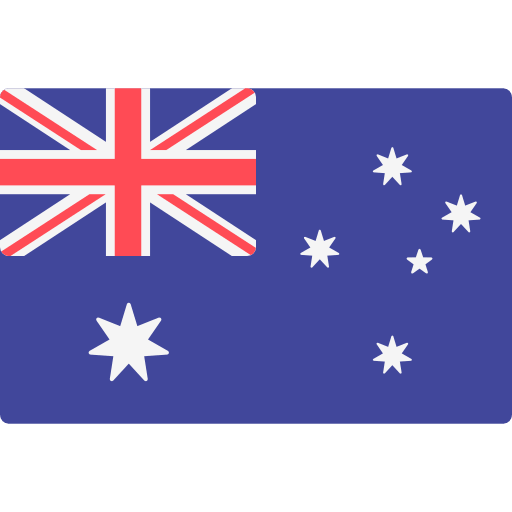Cosmetics & Personal Care | Monthly bulletin | March 2025

“Glass skin” evaluation: A new clinical testing method developed by Eurofins C&PC
The "Glass Skin" trend has made significant waves within the cosmetics industry, reflecting a growing consumer desire for radiant, smooth, and flawless skin that resembles polished glass. At Eurofins Cosmetics & Personal Care, we recognise the critical need for reliable, scientifically backed insights that help professionals in the cosmetic industry to meet the demand for skin perfection. In response to this need, we have pioneered a novel clinical testing method to accurately assess products claiming to deliver the "Glass Skin" effect.
"Glass Skin" refers to a complexion that appears luminous, hydrated, and free from imperfections. This ideal is characterised by smoothness, even skin tone, and a healthy glow – features that are the result of a delicate balance of hydration, texture, and clarity. Achieving this look is not merely about surface appearance; it involves a complex interplay of skin health factors, including optimal moisture levels, smoothness, and minimal visible imperfections. Understanding and replicating these factors is essential in developing products that can deliver true "Glass Skin."
Our new clinical testing method provides a precise, reproducible way to measure and evaluate the "Glass Skin" effect. Through the use of controlled and standardised lighting conditions, we assess key characteristics that contribute to the glass-like appearance of skin.
The clinical evaluation focuses on the following attributes:
- Luminosity
- Rosiness/Glow
- Skin Smoothness
- Pore Size
- Imperfections
- Skin Hydration
Eurofins C&PC’s Glass Skin evaluation method empowers the cosmetic industry with a comprehensive, data-driven approach to understanding how products impact skin appearance. Suitable for all phototypes, this method provides valuable insights into luminosity, texture, hydration, and skin smoothness, supporting the development of products that deliver verifiable results. This helps you to create formulations/products that truly meet consumer expectations for flawless, glass-like skin.
Skin longevity: Validate your claims with solid scientific evidence
As consumers increasingly seek skincare products that promise to preserve the youth and health of their skin, the concept of skin longevity goes beyond combating visible signs of aging. It involves a comprehensive understanding of skin health and resilience over time.
To effectively meet the challenges of skin longevity, it is crucial to take into account the various biological and environmental factors that influence its durability. These include the skin's protection and repair against external aggressors, the health of the skin microbiome, oxidative stress and cellular senescence, as well as epigenetic and environmental influences. Understanding these elements allows us to develop more targeted skincare solutions.
In addition, when developing products to improve skin longevity, several key objectives can be addressed, such as reducing wrinkles and hyperpigmentation, optimising hydration and strengthening the skin barrier, supporting vital cellular mechanisms, improving skin elasticity and collagen production, and optimising the penetration of active ingredients.
At Eurofins Cosmetics & Personal Care, we adopt a comprehensive, scientifically rigorous approach to validate skin longevity claims. Our methodology involves several layers of analysis, combining molecular insights with clinical data to ensure the integrity and reliability of all claims.
- Biomarkers of skin ageing
- In vitro and ex vivo tests
- Clinical studies
- Emotional, sensory and consumer tests
Looking ahead, the validation of skin longevity claims will continue to evolve. New advancements will provide even more powerful tools for creating highly effective, targeted products, enabling consumers to enjoy youthful-looking skin for longer.
At Eurofins Cosmetics & Personal Care, we are committed to advancing the science of skin longevity and ensuring that you can confidently validate your product claims with robust, scientifically supported evidence.
PFAS in cosmetics: New regulations and impact on the industry
As the environmental and health risks associated with Per- and Polyfluoroalkyl Substances (PFAS) gain increasing attention, regulatory frameworks surrounding their use in cosmetics are evolving rapidly. These substances, valued for their durability and waterproofing properties, are commonly found in cosmetic formulations. However, rising concerns about their persistence in the environment and potential adverse effects on human health have prompted stricter regulations in various countries/regions.
In France, the 2023-2027 PFAS Action Plan is now in effect, targeting the reduction of industrial emissions and limiting PFAS exposure, particularly in aquatic ecosystems. A key development occurred in February 2025, with the introduction of a new law that will ban the use of PFAS in cosmetics, clothing, and waxes by January 1, 2026. This law will affect the manufacture, import, and export of cosmetics containing these substances, with limited exemptions. Although the full legal framework is still under finalisation, this law reflects a decisive effort to minimise PFAS-related risks in consumer products.
On a broader European level, the European Chemicals Agency (ECHA) is assessing a proposal to restrict PFAS use across the EU under the REACH regulation. This initiative, expected to be enforced post-2026, represents one of the most comprehensive efforts to regulate PFAS in Europe.
In the United States, the Modernization of Cosmetic Regulation Act (MoCRA) now mandates the evaluation of PFAS in cosmetic products. At the state level, California is set to lead with its AB 2771 law, which aims to ban PFAS in cosmetics from 2025 onwards.
For cosmetics manufacturers, staying ahead of these regulations is crucial to ensure product safety and regulatory compliance. Eurofins Cosmetics & Personal Care offers advanced analytical services, enabling brands to identify, quantify, and manage PFAS in their formulations and packaging. Our scientific expertise and cutting-edge testing methods provide brands with the data needed to meet regulatory requirements, mitigate risks, and maintain product safety throughout development and market introduction, with a range of techniques developed to target multiple matrices and featuring very low limits of quantification (LOQs).
What’s next?
Trade show
In-cosmetics Global – 8-10 April
Amsterdam – Stand 12C60
Learn more: https://www.eurofins.com/cosmetics/media-centre/in-cosmetics-global-2025/
Conference: “Regenerative Revolution: Innovations in Cellular and Tissue Repair Through Cosmetogenomics, Ex Vivo, and Clinical Testing” - April 9 | 2:30 pm (CET) | Theatre 4

















































